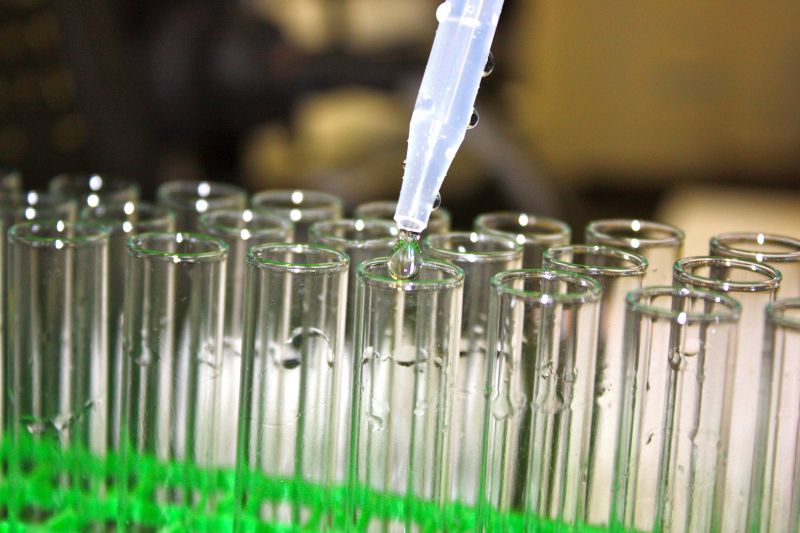Accelerated Electrons Assist in the Treatment of Water
Published on by Water Network Research, Official research team of The Water Network in Academic
At the Fraunhofer Institute for Organic Electronics, Electron Beam and Plasma Technology FEP, methods and machines based on these technologies are developed for the use in medicine and pharmacy as well as for the protection of resources and the environment.

Source: Wikimedia Commons
The Nuclear and Energy Research Institute (IPEN) in São Paulo, Brazil, is the leading Brazilian institution for environmental technologies and renewable energy. Both institutes intend to cooperate now and will present – among other things – their fields of expertise for effective water treatment during a workshop on 6th and 7th November 2017 at IPEN, in São Paulo, Brazil: AcEL - Accelerated Electrons for Life.
Our wastewater passes a difficult treatment process with the aim of receiving clean drinking water at the end. However, in a recent press release the Verband kommunaler Unternehmen (VKU, German Association of Local Utilities of municipally determined infrastructure undertakings and economic enterprises) pointed out clearly that after mechanical, biological and chemical treatment, and even after passing through a fourth cleaning stage in modern sewage cleaning plants, micro elements can only be reduced but never be removed completely.
Thus, the VKU handed a policy paper over to the German Federal Ministry for the Environment in which they ask for a responsible handling of micro elements. For protecting the drinking water resources as best as possible, micro elements have to be avoided at an early stage or be at least reduced.
All over the world, scientists search for methods for the sewage treatment. Fraunhofer FEP and IPEN have taken on this task as well. They are using accelerated electrons for cleaning the water.
“Low-energy electrons are a multifunctional tool which we use successfully for sterilization or to dispose of residues of hormones and pharmaceuticals in the sewage water.” explains Frank-Holm-Rögner, head of the department electron beam processes, the approach of Fraunhofer FEP. “These treatment methods are not only economically superior to most other methods but also in regard to their respective use of energy and resources.

The scientists of Fraunhofer FEP are already experienced in effectively treating small amounts of liquids in laboratory-scale. Now, they want to optimize the method for higher amounts of sewage water. First, they will concentrate on compact solutions for treating small amounts of liquids close to the polluter.
The treatment of high concentrated contaminations is significantly more effective than the treatment of huge amounts of water with a low contamination level in a sewage cleaning plant. Developing a new, compact electron accelerator in the middle energy area of up to 600 kilo-electron-volt (keV) is part of the development approach.
Read full article: Fraunhofer
Media
Taxonomy
- Drinking Water Security
- Treatment
- Electrocoagulation
- Electrolosis
- Drinking Water Treatment
- Filtration
- Filtration
- water treatment